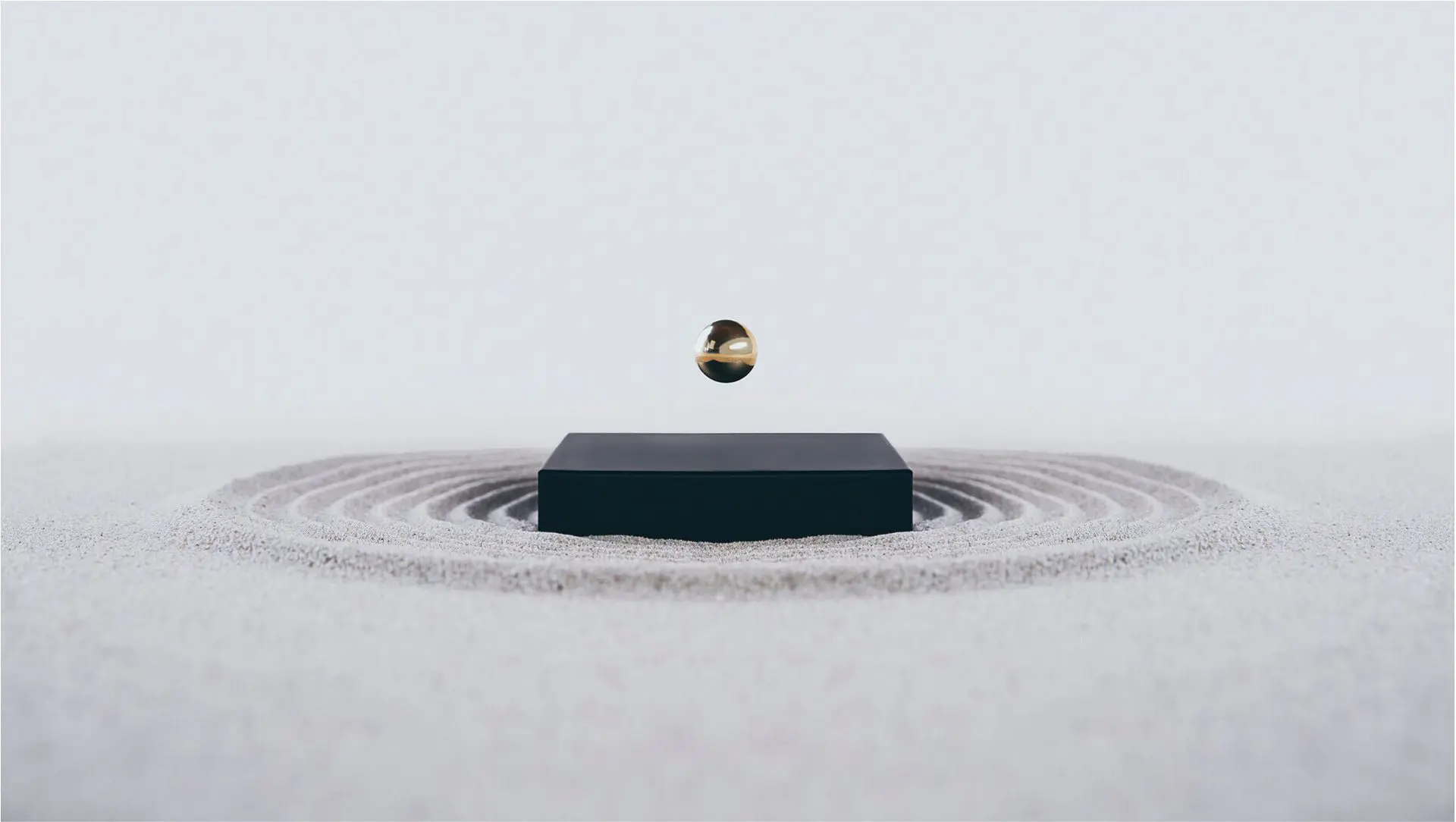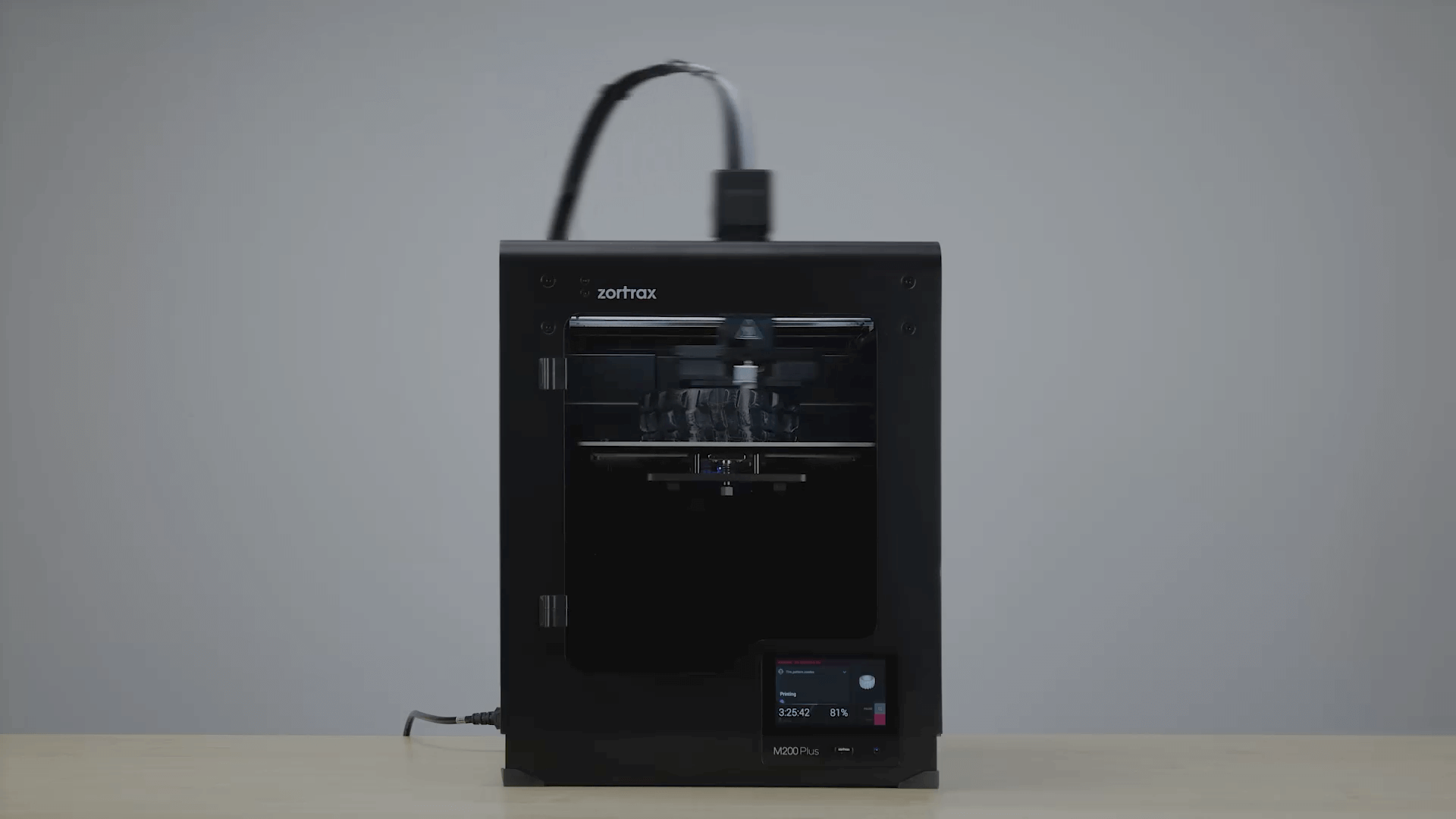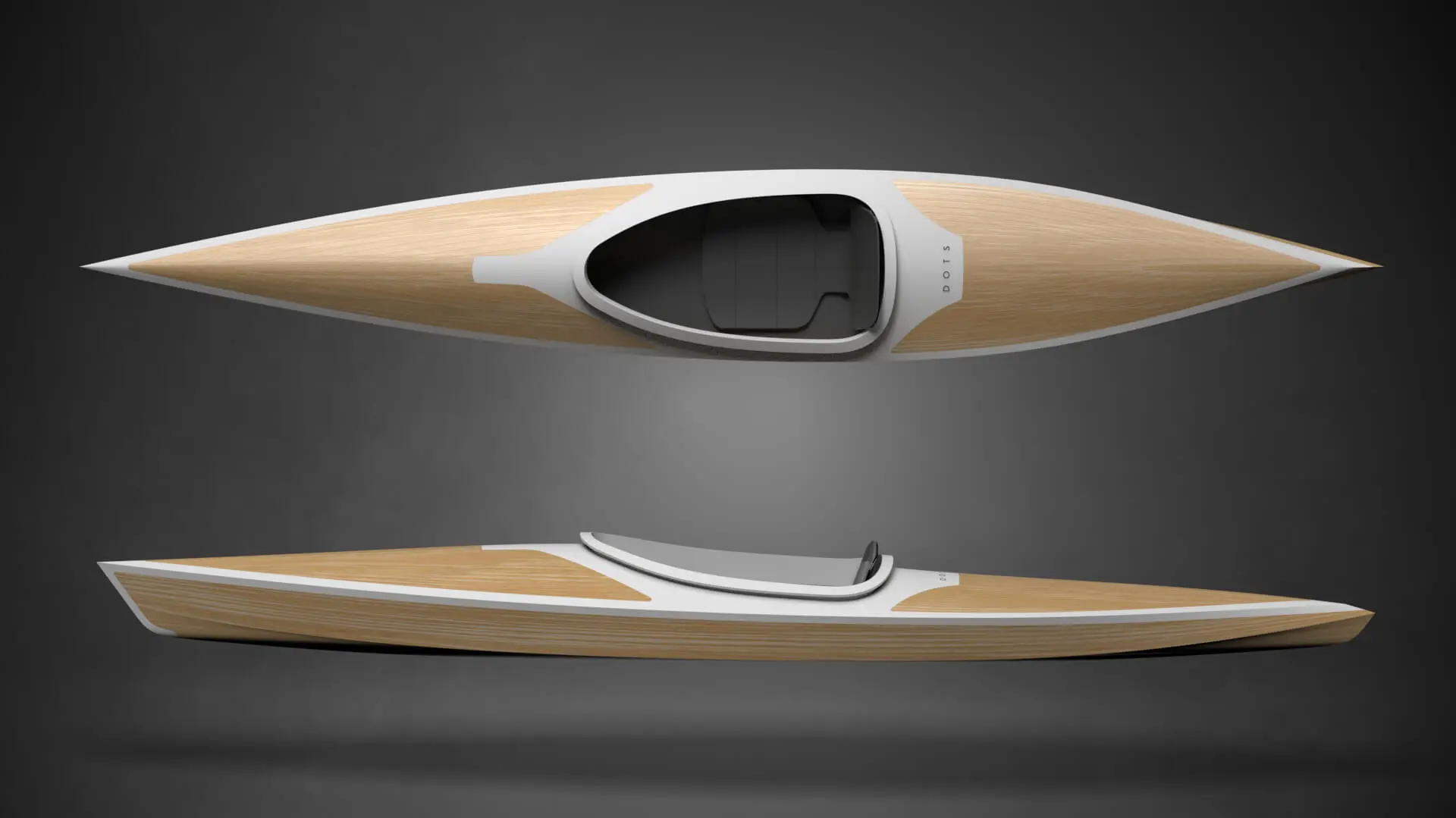Why should companies hire more designers?
Their sense of innovation, ability to work well in a team and their determination can all be inspiring for the team.
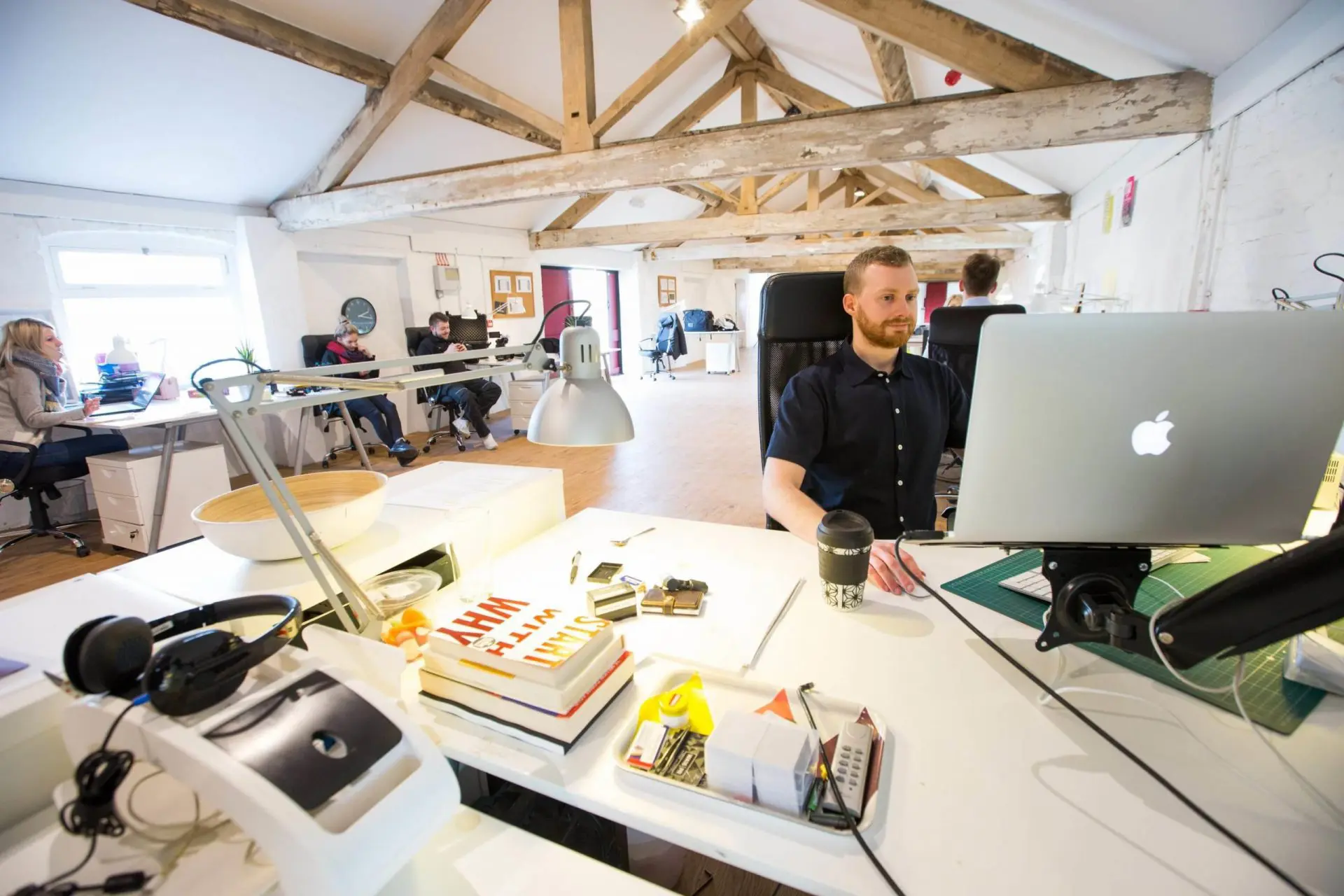
If you own a company, it’s very important to hire the right people to be on your team, including designers.
You need to build a team that has the skills your business needs to grow.
You also need people who understand the vision of your business and will promote that in everything they do as part of your company.
If you are just starting out as an entrepreneur, you may have a limited budget and not want to hire many people right away.
However, one position that you should definitely consider adding to your staff is a designer.
My name is Kaushik Macharla.
I work as the Senior UX Design Consultant at Facebook creating the design experiences to solve problems in billing, collections, revenue, bank accounts and more.
I am also the founder of ‘Ghaav’, an Enterprise application that helps companies to understand growth, build team portfolios, plan finances and resources, get insights, road maps and more.
As both a designer and entrepreneur, I can assure you that designers can add value to any team.
Here are some of the reasons why you want to have a designer working at your company.
Designers make easy to use products
A designer’s job is to come up with designs that will be simple and easy to use.
If you have your own business, you want to create products and services that have the sort of simplicity that appeals to customers.
This is what a designer specialises in so having one onboard means that he or she can help you create products that are more likely to sell giving your company a huge competitive advantage.
Designers look to the future
No one can understand and see the potential of a product quite like the person who designed it.
A designer has an innate understanding of the products they create allowing them to explain the uses and potentials of the design in a comprehensive, uncomplicated matter.
The designer will also have a vision for that product, foreseeing updates and improvements that can be made in the future.
These updates are also something that the designer will be able to clearly communicate through words and visuals to cut out the middle man, eliminate confusion and get everyone on the same page.
The devil is in the details
Most companies structure their product teams around individual features or product goals.
In other words, one part of the team may own the sign-up feature while another owns notifications.
This is done for organizational purposes.
After all, if there are too many teams handling one feature, things can begin to get confusing.
However, when products are presented to consumers, they don’t see the product as many different parts serving one goal.
They see it as one product that should work seamlessly to provide the desired experience. That’s where design comes in.
A designer uses research, analytics and communication to create a user centered product that will be easy and enjoyable to use.
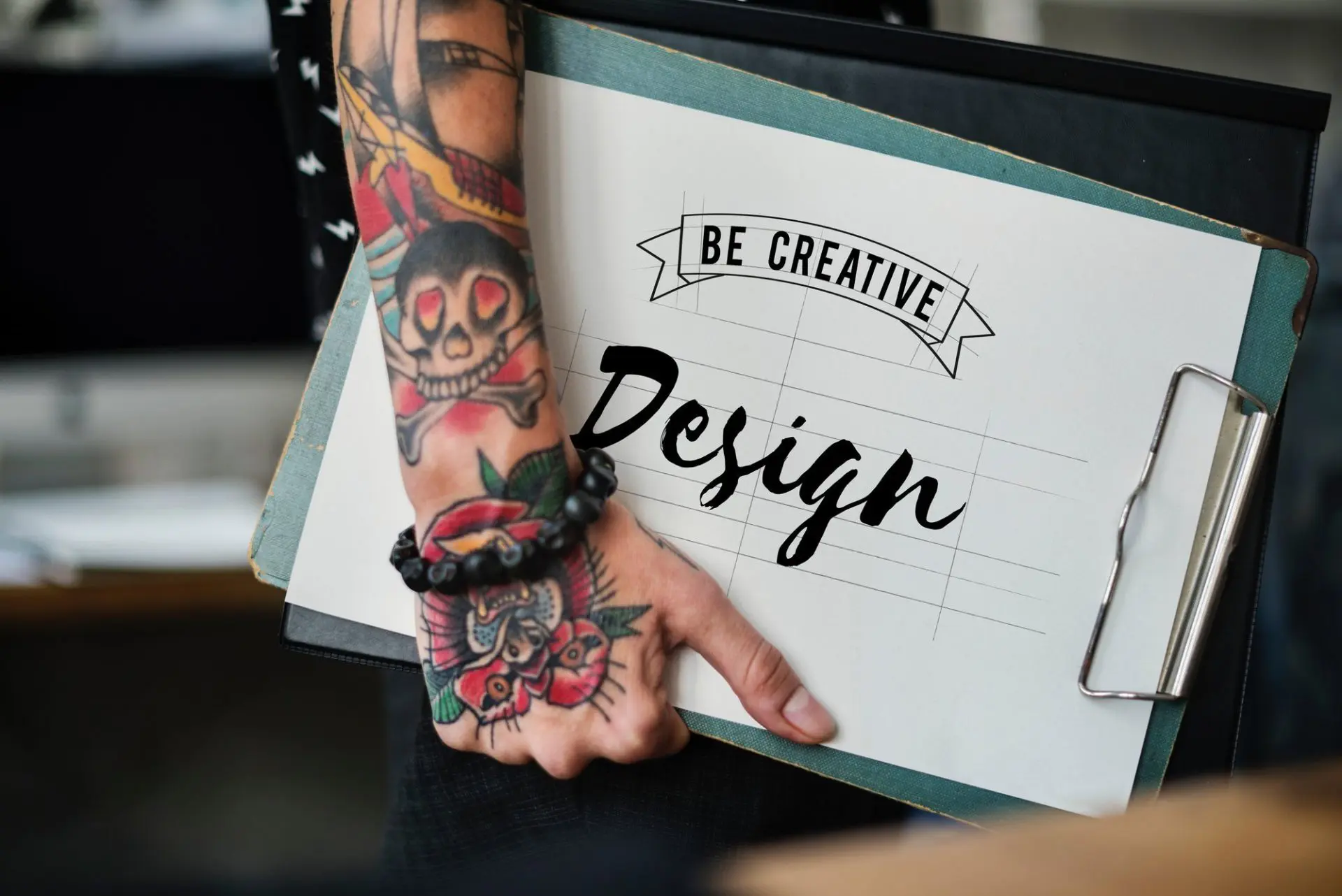
Designers are also trained to spot specific issues
- Overcomplications: a designer will be able to target any ‘too many cooks’ issues that could cause complications. They will solve problems by suggesting common patterns of interactions.
- Confusing gaps: a designer will review a product to make sure users can enjoy a seamless experience and avoid confusing gaps.
- Loss of focus: your product needs to be easy for everyone to use. In some cases, companies can become too focused on advanced users and neglect potential customers who may not fully understand your product and need extra attention.
[ Read also ‘Meet the 10 most influential product designers of all time (so far)‘ ]
Other character traits Designers have
When hiring someone for your team, you want to make sure they have certain characteristics that will make them great employees, no matter what position they may have on the team.
The experience designers have gives them a leg up in the business world due to the following traits that may have innately or that they may have developed during their time in the industry.
These include:
Grit
For a designer, every day is a challenge.
Finding user friendly designs for a product involves a lot of trial and error and it’s likely they won’t always hit the jackpot on their first try.
This type of experience gives designers the grit and determination to keep moving forward in the face of adversity.
Because of this, they are not likely to become easily discouraged when it comes to getting the best designs for your company.
The ability to brainstorm
As designers become familiar with code, their minds start developing the ability to brainstorm while figuring out what will work and what won’t.
They will become more agile in their design methodology and more skilled in the type of out of the box thinking that can be valuable for any business.
The ability to work in a team environment
Designers do not work alone.
Their efforts require collaboration between other designers, programmers and leaders.
This type of experience enables them to work well in a group setting, communicating with others in an atmosphere that fosters friendship and respect.
Designers can set a great example for a Business Model
A company isn’t just about a boss delegating tasks to be completed by a team. It’s about give and take and communicating so that team members can learn from their leaders just as much as leaders can learn from their employees.
When it comes to designers, there are many ways CEO and team leaders can learn from the way they are trained to think.
[ Read the interview with Mauro Porcini, Chief Design Officer at PepsiCo ]
Their sense of innovation, ability to work well in a team and their determination can all be inspiring for their superiors.
But more than that, designers are trained to simplify.
They look for features of products that are extraneous and can complicate the user experience and think of ways to eliminate these features.
This desire to simplify can also be applied to business models where taking out unnecessary steps can improve communication within the company and make it easier for the company to approve certain actions and perform essential tasks.
Because designers can teach team leaders so much about creating a basic business model, they can be assets to any company and specifically smaller companies who are just starting out and learning how to best run their business.
These companies will also work more closely with their team members in the early stages, gaining valuable input and insight from each employee.
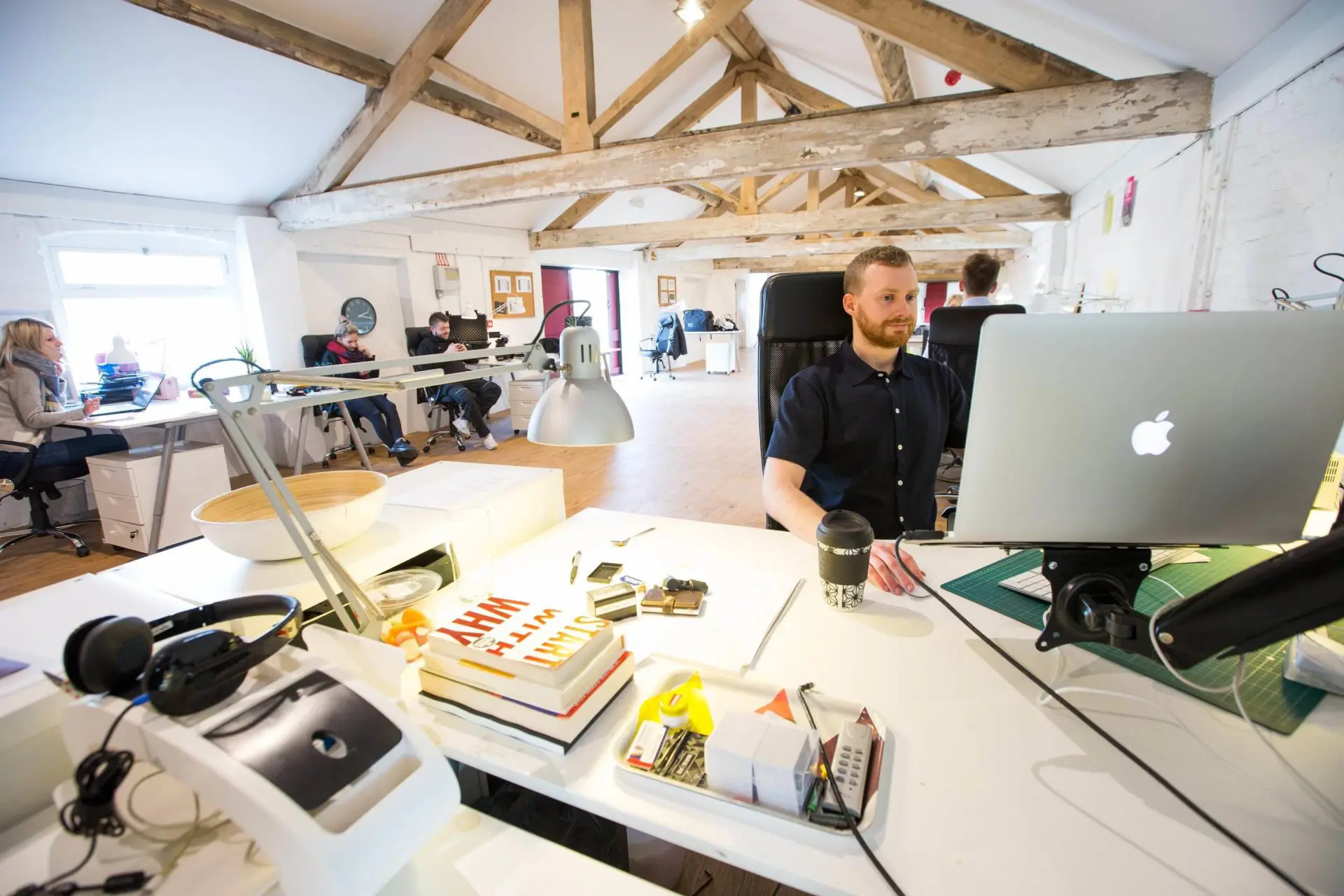
Incorporating a Designer into your team
The way you choose to incorporate a designer into your team may vary according to the size of your business.
A smaller business may just have one designer, while a larger business might have an entire design team.
Bigger businesses may have teams of engineers and designers.
On average, most companies will have a 7 to 1 ratio of engineers to designers with engineers outnumbering designers.
However, it is important to think of your company, how it works and what its goals are, before coming up with numbers based on a golden ratio.
When thinking of your company:
- You need to consider each team and how focused they are on user facing products.
- You also have to consider whether the work done is expected to be iterative (variations on well established patterns) or innovative (completely new products).
Certain companies have ratios that are closer to 1 to 2 when considering engineers to designers.
These companies will be more technical in the designs they create, have clients that are other designers and are focused on new feature development.
Companies may have ratios that lean heavily the other way if they are focused on ranking and machine learning.
Figuring out how many designers you need on your team will involve how much the designers will be coding, how design minded the engineers on your team are and the skills and output volume of the existing team members.
Those that work in smaller companies may be limited to one designer, but many say, if you have the budget to hire even a small design team, you may be getting more bang for your buck.
Designers tend to thrive in an atmosphere where they can get constructive input and suggestions from other designers.
Hiring more than one designer can yield higher quality work and faster output.
It will also ensure that the team doesn’t grind to a halt if a member is out sick or on vacation.
Considering all of this, a designer can be an asset to any team, but you also must think about the needs of your business before determining how many you will need.
More isn’t always better but having some on your team will definitely give your company a leg up when it comes to creativity, innovation, communication, team work and product offerings.
Here’s hoping you are able to integrate this kind of spirit into your business to keep your team moving forward.




